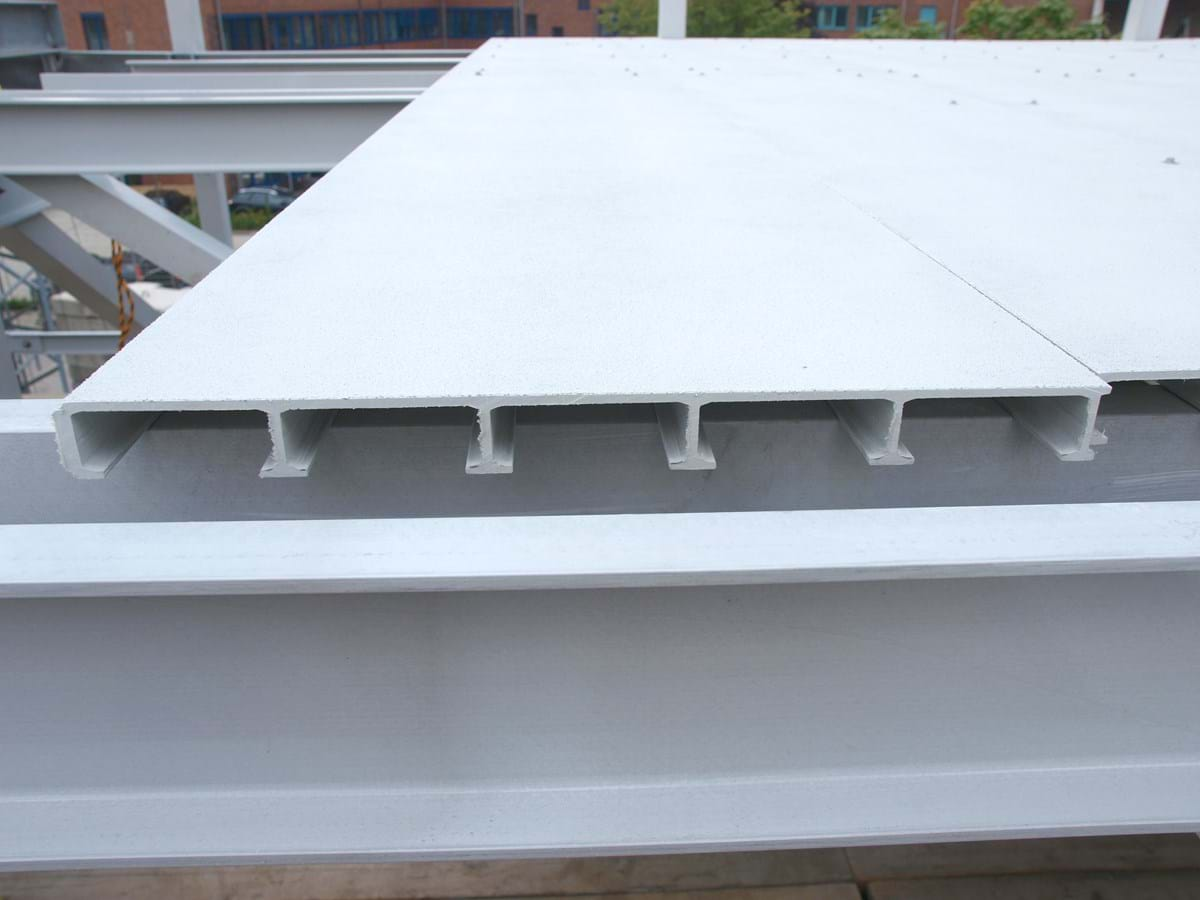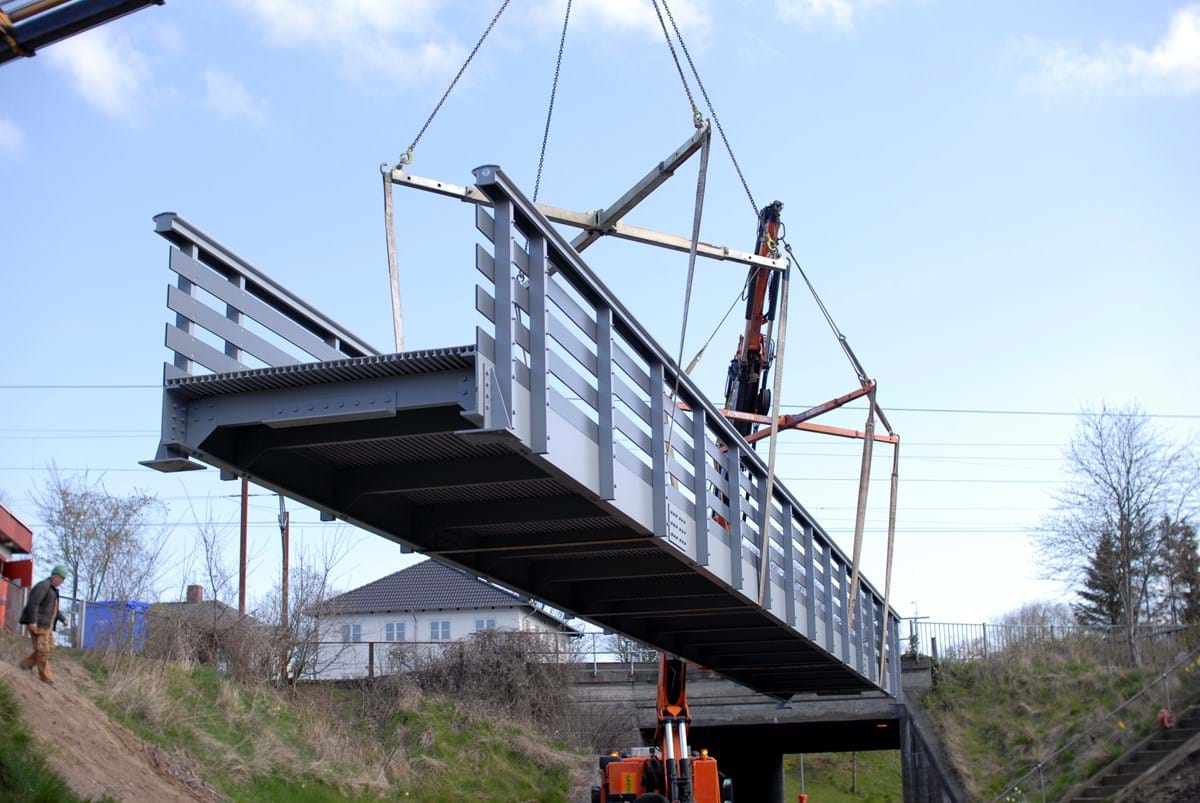

We have gathered answers to the most frequently asked questions about our fibreglass products here. Hopefully, you will find what you are looking for, and if not, we are ready at the telephones to help you.
- What is fibreglass?
Fibreglass is a composite material that consists of glass fibres and hard plastic. Fibreglass solutions can be made in many different ways, but here at Fiberline we use pultrusion, which is one of our distinguishing features. Read more here
- What are fibreglass profiles most suitable for?
Fibreglass profiles have many advantages, so they are used in and for a number of different industries and applications. We have gathered some of the most usual applications here
- Why choose Fiberline?
Here at Fiberline, we have a wide range of profiles that yield well-documented results. We are also one of the only companies that can display the much sought-after CE mark on all of our structural profiles and planks.
Our team of fibreglass specialists is always at your disposal to give you technical advice. This is how we ensure that you always get the best possible fibreglass solutions, all the way from project specification and design through to fitting and the finished solution.
- What does MD stand for?
MD stands for 'medium duty' and is a term used to describe our planks. Our MD planks are suitable for projects where the design load is not as high. These planks are 20% lighter than our HD planks, which can bear heavier loads.

- What does HD stand for?
HD stands for 'heavy duty' and is a term used to describe our planks. What it means concretely is that HD planks are suitable for heavy pedestrian traffic or long spans. Fiberline’s product range also includes an MD plank, which is 20% lighter and suitable for projects where the design load is not as high.

- Where do I find data sheets, safety and load tables?
On our download area you can find more information about our products, e.g. data sheets, safety and how to videos. Visit our download area here
If you do not find what you are looking for, please contact us
- How do I repair minor damages?
If our fibreglass profiles are scratched or cut, you do not necessarily need to worry about their mechanical properties. Find out more about minor damages here

- How do i repair mayor damages?
n the case of major damage where the fibres are clearly exposed, the profile’s properties may be affected. In such cases, we recommend replacing the profile. Find out more here

- How do I manage fibreglass waste?
There is not yet any way of re-using small quantities of fibreglass. Profiles that can no longer be used must therefore be taken to a recycling centre, where they will usually be classed as small, combustible waste. Ask your local recycling centre about the rules that apply.
For larger quantities of fibreglass, the material can be re-used by incorporating it into cement production as a raw material or substitute fuel.
- Fire properties of fibreglass
GRP profiles have different fire properties compared to materials like steel, which means that they may not meet fire regulations without additional fire protection or isolation. Fortunately, there are various fire protection options available for our GRP profiles.
- Is fibreglass a sustainable material?
Pultruded fibreglass profiles are produced using an energy-optimised process that takes the environment into consideration. Evaporation is here reduced due to the use of a closed machine complex and the process of hardening of the plastic material produces heat itself, which contributes to low energy consumption. Besides the above, the profiles require limited maintenance resources since the material is very durable and has a long life span. After use fibreglass can be recycled in, for example, cement production or as a subassembly in new constructions. Watch the video to learn more.
- What is the carbon footprint of fibreglass?
Fibreglass has an excellent weight-to-strength ratio, which makes it possible to create slim and lightweight designs. Compared with traditional materials such as concrete, wood, steel, and aluminium, using fibreglass often results in weight savings – to the benefit of transport and CO2 emissions.
Our profiles are produced using an energy-optimised process known as ‘pultrusion’. This production method effectively limits the evaporation of volatile compounds by using a closed process. Watch the video to learn more.